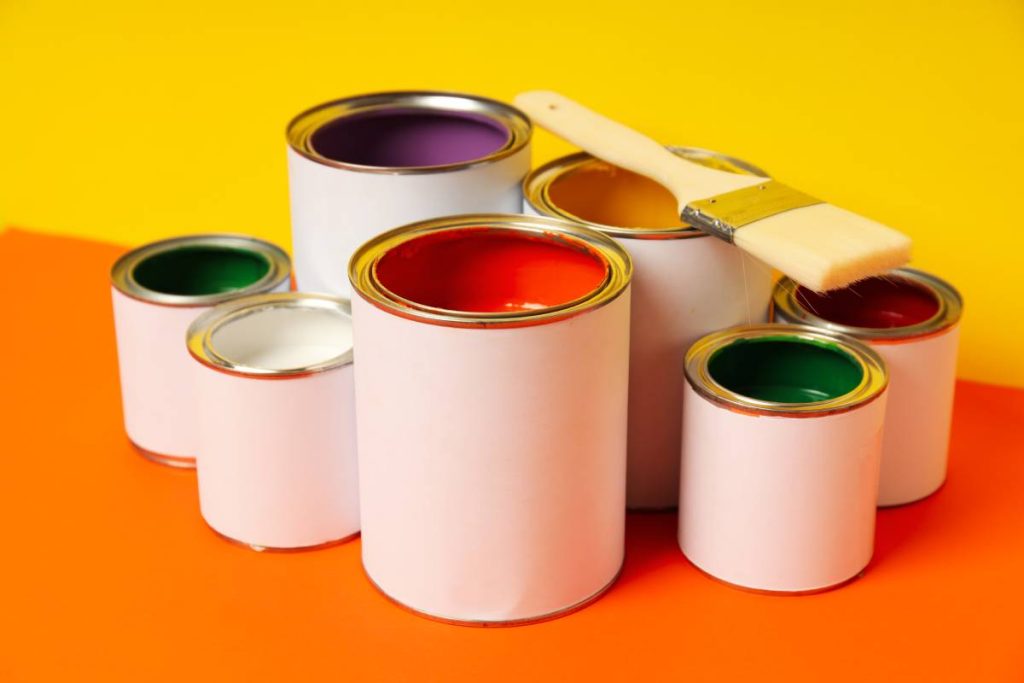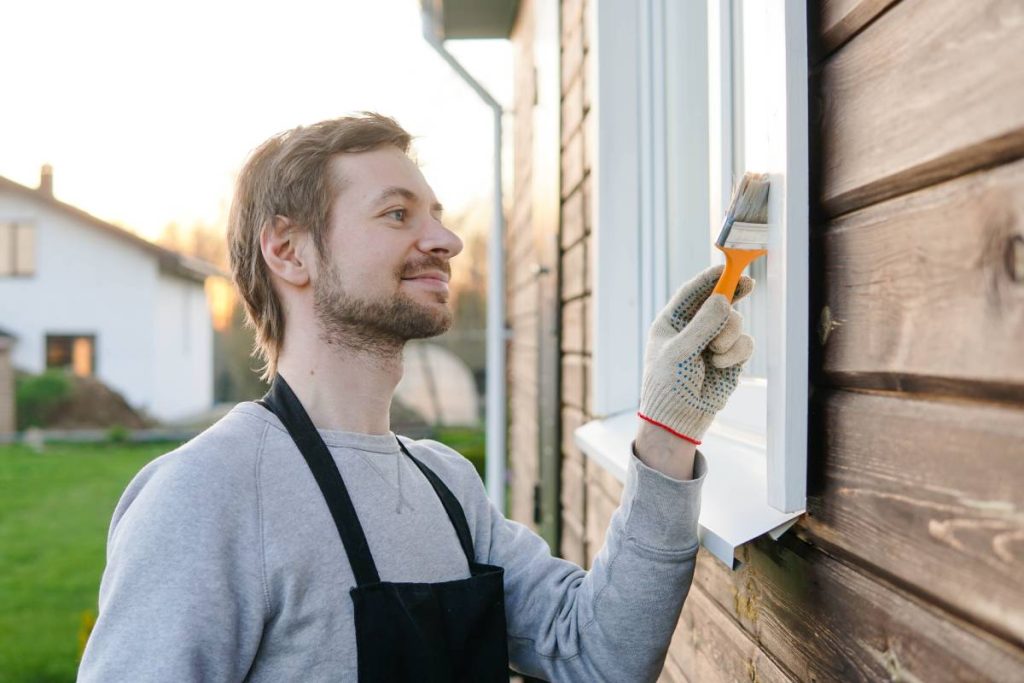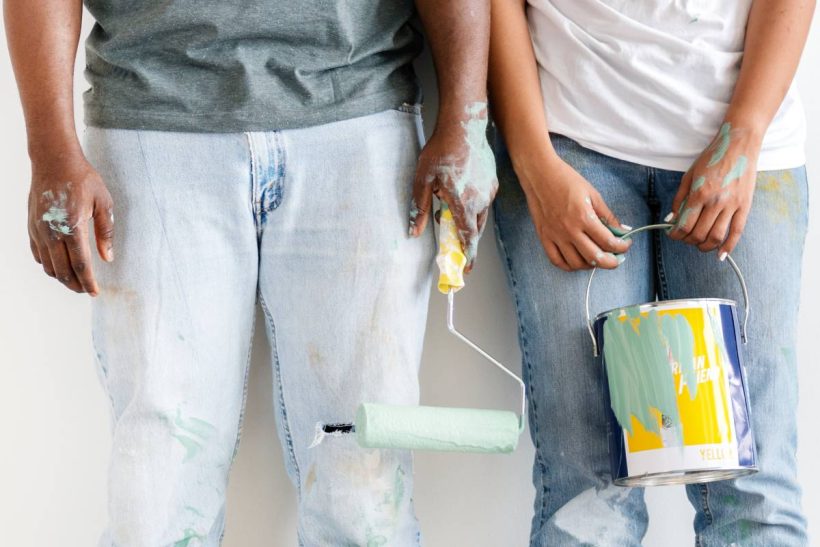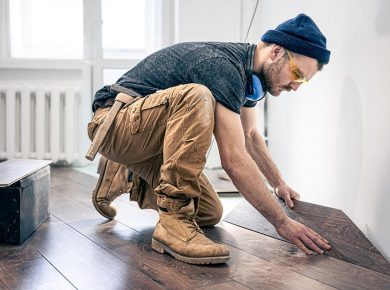Choosing the perfect colour for the exterior of your house is a decision that goes beyond personal preference; it’s about creating a harmonious blend of aesthetics, practicality, and individual style. The colour you choose can transform your home, adding curb appeal and expressing your unique personality.
In this exploration, we’ll delve into three key considerations – the architectural style, the influence of the environment, and the impact of climate – to guide you toward making an informed and delightful decision for your home’s exterior.
What to consider before painting a house?
Painting your house is a great way to refresh its look and boost curb appeal. Before you dive into the world of colour swatches and paint cans, there are several important considerations to ensure a successful and satisfying painting project.
Thought painting might not need so much skill to begin with, but there’s something to need to know. Let’s break down the key factors to ponder before picking up that paintbrush.

- Surface Preparation: Before applying a fresh coat of paint, it’s crucial to prepare the surfaces properly. This involves cleaning any dirt, grime, or mildew from the walls, patching up any cracks or holes, and ensuring a smooth and even surface. Proper preparation ensures better adhesion and a longer-lasting paint job.
- Climate Conditions: The weather can significantly impact the outcome of your painting project. Ideally, choose a time when the weather is mild, with low humidity and minimal chance of rain. Extreme temperatures or high humidity can affect paint drying times and adherence, so it’s best to plan your project during more favourable weather conditions.
- Type of Paint: Selecting the right type of paint is crucial for a successful outcome. Exterior paints are specifically formulated to withstand the elements, so make sure to choose one designed for outdoor use. Additionally, consider factors like the paint finish – glossy finishes are durable and easy to clean, while matte finishes can hide imperfections.
- Colour Selection: Picking the right colour is a big decision. Consider the existing colour scheme of your neighbourhood, any homeowner association regulations, and your personal preferences. Testing a few samples on a small section of your house can help you visualize how the colour will look in different lighting conditions.
- Budgeting: Painting a house involves more than just the cost of paint. Factor in the cost of brushes, rollers, painter’s tape, and any other necessary tools. If you’re hiring professionals, obtain multiple quotes to ensure you get a fair price. It’s also wise to set aside a little extra for unexpected expenses that may arise during the project.
- Time Commitment: Painting a house takes time, and it’s essential to plan accordingly. Consider your schedule, the size of your home, and the number of coats required. If you’re doing it yourself, make sure you have enough time set aside to complete the project without rushing.
- Safety Precautions: Safety should always be a top priority. If your home is tall or has challenging angles, invest in a sturdy ladder or consider hiring professionals with the right equipment. Use appropriate safety gear, including goggles, gloves, and a mask if necessary. Ensure proper ventilation when working with paint and other chemicals.
- Landscaping and Surroundings: Consider the landscaping around your home. Cover plants and delicate features to protect them from paint splatter. If possible, trim branches or bushes that may interfere with the painting process. Being mindful of your surroundings helps prevent damage and ensures a clean finish.
- Regulations and Permits: Check with your local authorities or homeowner’s association to see if there are any regulations or permits required for exterior painting. Some areas have restrictions on colours or finishes, so it’s essential to be aware of any guidelines before starting your project.
- Maintenance Planning: Think about the long-term maintenance of your newly painted exterior. Some colours and finishes require more maintenance than others. Consider how often you’re willing to invest time and effort into touch-ups or repainting in the future.
What is the best colour to paint the house?
Choosing the perfect colour to paint your house is a decision that can significantly impact its overall appearance and curb appeal. While personal preferences play a crucial role in this choice, there are some practical considerations that can guide you towards making a decision that not only looks great but also suits your lifestyle and the environment.
The architectural style of your home
Firstly, it’s essential to consider the architectural style of your home. Different architectural styles often have recommended colour palettes that enhance their unique features. For example, a Victorian-style house may look stunning in a combination of bold colours, while a modern home might benefit from a more neutral and sleek colour scheme. Understanding your home’s architectural style can provide a helpful starting point for selecting a colour that complements its design.
Climate and location
Climate and location are also vital factors to take into account. If you live in an area with a warm climate, lighter colours can help reflect the sun’s rays, keeping your home cooler. In contrast, in colder climates, darker colours can absorb heat, providing a bit of extra warmth during the chilly months. Additionally, consider the surroundings – if your house is nestled among lush greenery, earthy tones may help it blend seamlessly with the natural landscape.

Practicality
Practicality is another aspect to keep in mind. Light-coloured paints tend to show less dirt and require less maintenance than dark colours. If you want a low-maintenance option, a lighter colour might be a more practical choice. On the other hand, darker colours can hide imperfections and weather better than their lighter counterparts.
Your taste
Your personal taste and the desired mood for your home are significant considerations. Colours can evoke specific emotions and set the tone for the overall atmosphere. For a calm and serene feel, consider soft blues or greens. If you want a more energetic and vibrant look, bold reds or yellows might be the way to go. It’s essential to choose a colour that resonates with you and creates a welcoming vibe for both you and your visitors.
Before finalizing your decision, test the paint colours in small sections of your home’s exterior. Colours can look different under various lighting conditions, so observing them in natural sunlight and at different times of the day is crucial. Most paint stores offer sample sizes, allowing you to apply a few options and see how they look before committing to a full paint job.
Remember that trends come and go, but classic and timeless colours tend to endure. Neutral tones such as whites, greys, and beiges are versatile and can adapt to changing styles over time. If you’re unsure about committing to a bold or trendy colour, sticking to a neutral palette provides a safe and enduring choice.
What is the best colour for outside The house?
Choosing the best colour for the exterior of your house is an exciting yet important decision that can greatly impact its overall look and feel. While personal taste plays a significant role, there are some practical considerations to help guide you in selecting a colour that not only suits your style but also complements the architectural features and surroundings.
1. Consider the Style of Your Home: The architectural style of your house can influence the choice of colours. Different styles may have recommended colour palettes that enhance their unique features. For example, a classic colonial home might look elegant in subdued colours like whites, greys, or blues, while a Mediterranean-style house could embrace warmer tones like terracotta or earthy browns.
2. Take Inspiration from the Environment: Look at the natural surroundings of your home. Consider the colour of the landscape, the trees, and the neighbouring houses. Choosing a colour that harmonizes with the environment can create a seamless and visually pleasing look. Earthy tones often blend well with greenery, while coastal areas might inspire soft blues and whites.

3. Think About Climate: The climate of your region can impact the choice of colour. In warmer climates, lighter shades can help reflect the sun’s rays, keeping the house cooler. On the other hand, darker colours may absorb heat and provide warmth in colder climates. Think about your local weather patterns and how they might influence the comfort and energy efficiency of your home.
4. Neighborhood Aesthetics: Consider the overall aesthetic of your neighborhood. While you want your home to stand out, choosing a colour that complements the surrounding houses can create a cohesive look. Some neighbourhoods may have guidelines or restrictions, so it’s worth checking with your homeowner’s association or local authorities.
5. Personal Preferences and Mood: Your personal taste matters. Think about the mood you want to create. Soft pastels can evoke a calm and welcoming atmosphere, while bold colours can make a statement and add vibrancy. Consider colours that resonate with you and make you feel comfortable and happy every time you come home.
6. Test Colors in Different Lighting: Colors can look different under various lighting conditions. Before making a final decision, test a few colour samples on a small section of your house. Observe how they look in natural sunlight, during different times of the day, and under different weather conditions. This ensures that you choose a colour that looks great in all situations.
7. Classic and Timeless vs. Trendy: Trends come and go, but classic and timeless colors tend to endure. Neutral tones such as whites, creams, and greys are versatile and can adapt to changing styles over time. If you’re unsure about committing to a bold or trendy colour, sticking to a neutral palette provides a safe and enduring choice.
8. Maintenance Considerations: Different colors and finishes require varying levels of maintenance. Darker colours may show dirt more easily, while lighter colours can hide imperfections. Consider how much time and effort you’re willing to invest in maintaining the exterior of your home.
Conclusion
As we conclude this exploration of exterior house colours, it’s essential to recognize that this guide is a tool, not a mandate. Selecting the perfect colour for your home is a personal journey, and there’s no one-size-fits-all solution. If you find yourself still uncertain or without a specific colour in mind, consider this article a friendly companion on your quest for the ideal exterior hue.
Delve into the insights shared about architectural styles, environmental influences, and climate considerations, and allow them to inspire and guide you toward a decision that feels just right for your unique space. The colour you choose should reflect your taste, resonate with your spirit, and make your house feel like home. Happy painting, and may your chosen hue bring joy and vibrancy to your dwelling!










